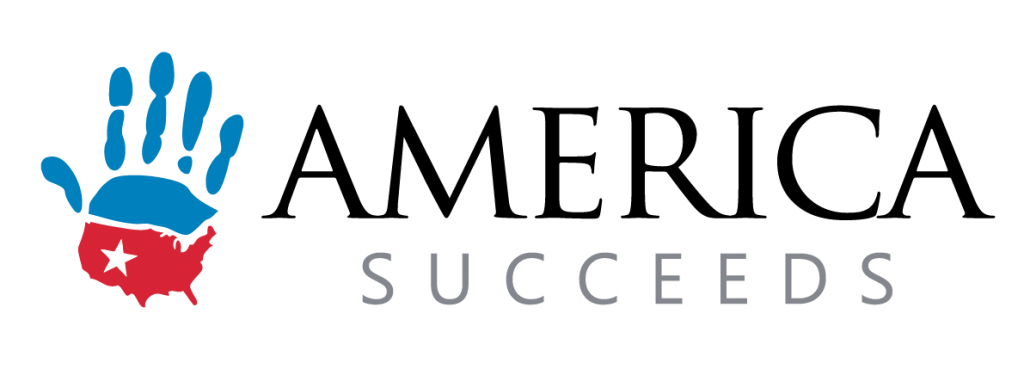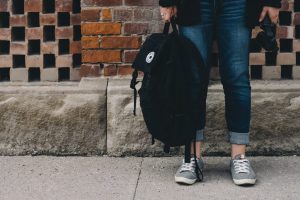Two weeks ago, I attended a small convening hosted by the Reagan Institute Summit on Education (RISE) focused on the intersection of social-emotional learning (SEL) and workforce success.
America Succeeds has been doing a lot of thinking about SEL over the past year, coming out of our Age of Agility tour, and the insights we consistently heard from business leaders about their need for talent that could thrive in collaborative workspaces where communication and problem-solving skills are essential. As we thought about what employers are really getting at when they talk about ‘21st Century skills’ and ‘soft skills,’ the direct overlap with SEL initiatives was abundantly clear. With SEL, America Succeeds sees an opportunity to engage business around an education issue that is central to their interests and impacts what’s needed in schools at the same time.
Last year we released a few resources connecting the dots on SEL for business and policy advocates. Since then, we’ve been exploring opportunities to incorporate SEL policy advocacy into our work across the country.
The RISE Collaborative was the perfect forum for bringing a great mix of people and ideas together to move the conversation forward. The group included researchers, advocates, and education professionals, all doing interesting work around SEL. It was incredibly valuable to hear insights from representatives from CASEL, Aspen Institute, Committee for Children, Strada Education Network, and RAND Corporation, among others. I learned a lot and we’re already working on building out some new partner connections.

The bigger takeaway for me though was this: a lot of our affiliates and other advocacy partners are focused heavily on policy related to workforce pathways, career readiness, and early postsecondary opportunities. It’s great work – definitely beneficial to kids and moving our education toward one that fits future needs. And yet, if this focus – whether through legislation, state regulations, or program support – doesn’t include a specific social-emotional learning component, then the potential impact is seriously limited. If we’re talking about ensuring that students are ready to succeed in postsecondary opportunities, we have to include in that conversation how students are learning the skills that enable them to work with others, to think creatively and critically, and to lead a team or be a great contributor.
The best part is that it’s an opportunity-rich endeavor; there are lots of ways to incorporate SEL into our policy advocacy, whether it’s as part of early college and work-based learning opportunities, educator preparation, or the state’s accountability system.
The message is simple: a plan for aligning education and workforce readiness isn’t really a plan if it doesn’t include SEL.

